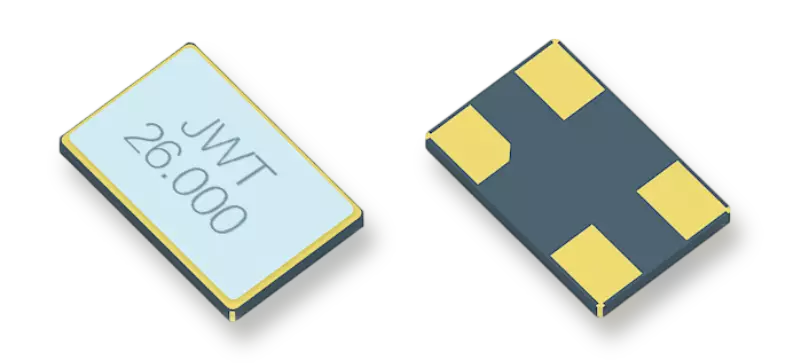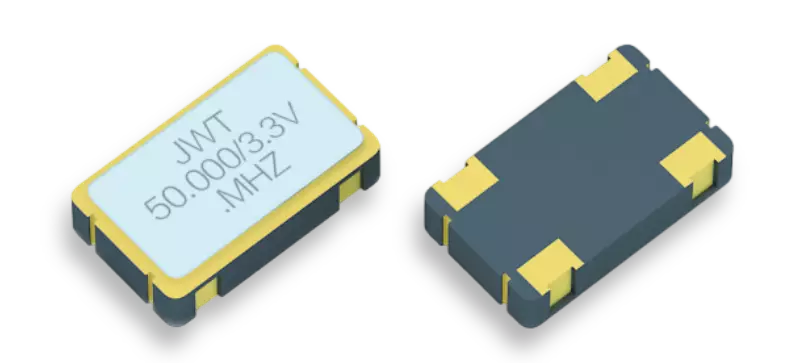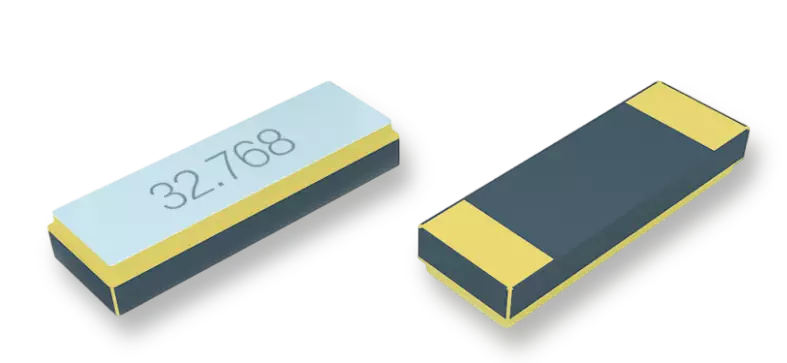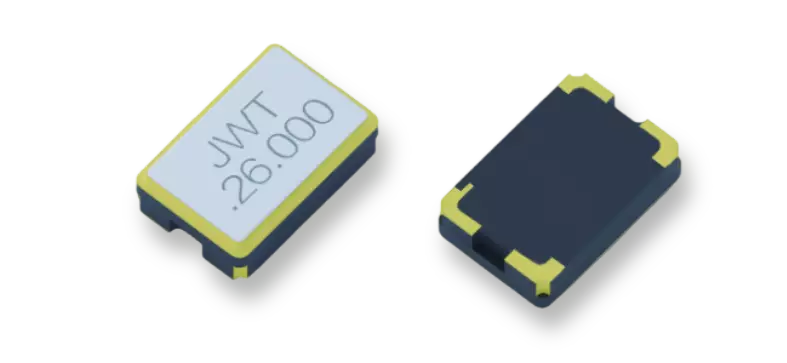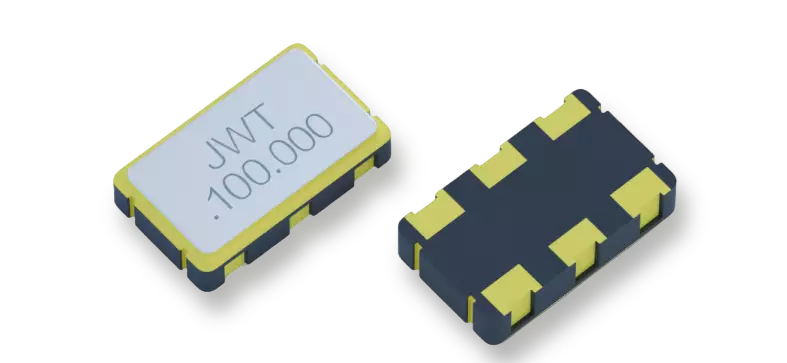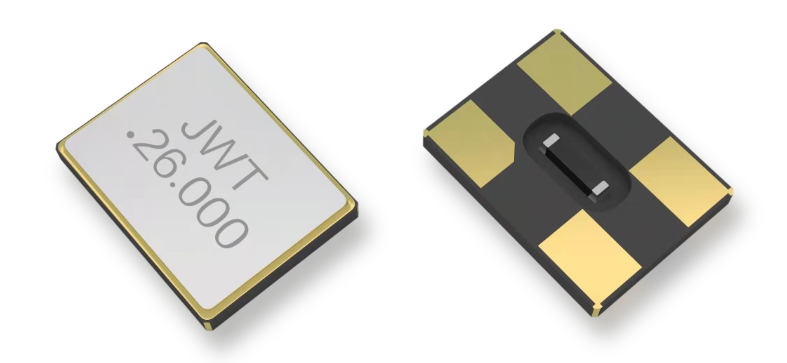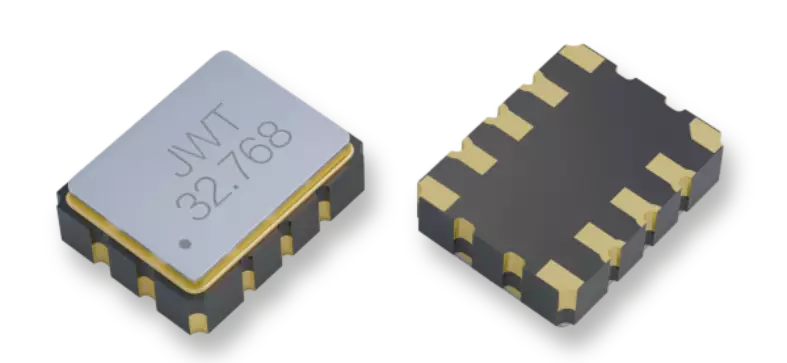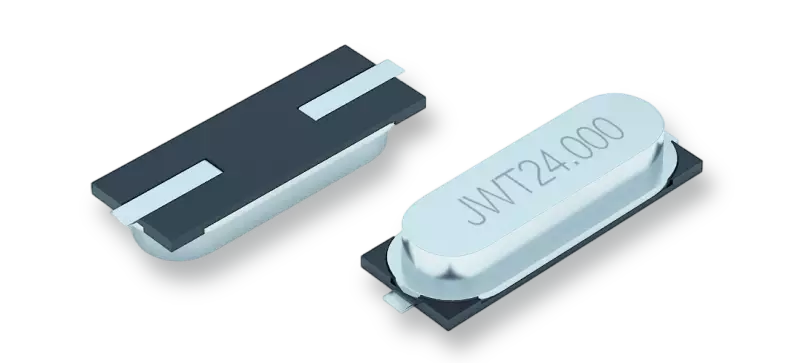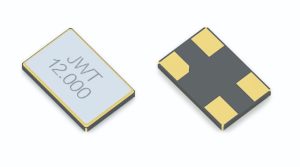온도 보상 수정 발진기(TCXO)를 선택하는 방법
출시일: 2025-10-15
에이 온도 보상형 수정 발진기 (TCXO)는 통신, 항공우주, 항법, 계측 장비 등 다양한 고정밀 애플리케이션에 필수적인 부품입니다. 넓은 온도 범위에서 안정적인 주파수 출력을 유지하도록 설계되어 주변 온도 변화에도 안정적인 신호를 보장합니다. 하지만 적합한 TCXO를 선택하는 것은 간단한 일이 아닙니다. 필요에 맞는 최적의 TCXO를 선택할 때 현명한 결정을 내리는 데 도움이 되는 몇 가지 핵심 요소를 소개합니다.
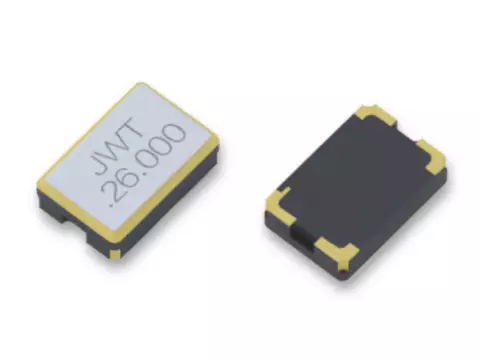
1. 주파수 안정성 요구 사항
TCXO를 선택할 때 가장 먼저 고려해야 할 사항은 애플리케이션의 주파수 안정도 요구 사항입니다. 애플리케이션마다 주파수 안정도에 대한 요구 사항이 다르며, 이는 일반적으로 주파수 편차(ppm)로 표현됩니다. 예를 들어, 통신 장치는 10ppm 이내의 주파수 안정도가 필요한 반면, 고정밀 항법 시스템은 1ppm 이하의 더 높은 안정도가 필요할 수 있습니다. 따라서 특정 애플리케이션 요구 사항에 맞는 주파수 편차 범위를 가진 TCXO를 선택하는 것이 중요합니다.
2. 작동 온도 범위
온도는 수정 발진기의 주파수 안정성에 상당한 영향을 미칩니다. TCXO는 온도 변화가 발진기 주파수에 미치는 영향을 최소화하도록 설계되었지만, 작동 온도 범위는 여전히 선택에 중요한 요소입니다. 일반적인 작동 온도 범위는 다음과 같습니다.
- 표준 온도 범위: -20°C ~ +70°C
- 확장된 온도 범위: -40°C ~ +85°C
- 산업용 온도 범위: -55°C ~ +125°C
장치가 작동할 환경 조건에 따라 적절한 온도 범위를 가진 TCXO를 선택해야 합니다. 극한 환경에서 작동해야 하는 애플리케이션의 경우, 온도 허용 오차가 더 넓은 제품을 선택하는 것이 더 이상적입니다.
3. 전력 소비 요구 사항
전력 소비는 TCXO를 선택할 때 중요한 요소이며, 특히 모바일 기기, 위성 통신 또는 기타 저전력 애플리케이션의 경우 더욱 그렇습니다. 대부분의 TCXO는 마이크로와트 수준에서 작동하지만, 모델마다 전력 소비량에 차이가 있을 수 있습니다. 긴 배터리 수명이 필요한 애플리케이션이라면 전력 소비량이 낮은 TCXO를 선택하십시오.
4. 위상 잡음
위상 잡음은 수정 발진기의 주파수 스펙트럼에서 잡음 강도를 나타내며, 일반적으로 dBc/Hz 단위로 측정됩니다. 위상 잡음은 특정 애플리케이션, 특히 고정밀 통신 및 레이더 시스템에 매우 중요할 수 있습니다. TCXO를 선택할 때는 시스템 성능을 저하시킬 수 있는 과도한 잡음을 방지하기 위해 위상 잡음 특성이 애플리케이션의 요구 사항을 충족하는지 확인하십시오.
5. 크기 및 패키지
TCXO를 선택할 때는 패키지 크기와 폼 팩터를 고려해야 합니다. 패키지 크기는 보드 공간 및 레이아웃 요구 사항을 기반으로 선택해야 합니다. 일반적인 SMD TCXO 패키지 대부분의 최신 보드에 적합하고, 컴팩트하며, 설치가 쉽습니다.
6. 안정성 및 온도 보상 정확도
TCXO의 온도 보상 정확도는 주파수 안정성을 결정하는 핵심 요소입니다. TCXO는 내부 온도 센서와 제어 회로를 통해 크리스털의 주파수를 조정하여 온도 변화를 보상합니다. 모델마다 온도 보상 정확도가 다르며, 일반적으로 주어진 온도 범위 내에서 최대 주파수 편이로 표현됩니다. 고정밀 TCXO는 일반적으로 우수한 성능을 제공하지만 가격이 높습니다. 따라서 애플리케이션 요구 사항에 맞는 보상 정확도를 갖춘 TCXO를 선택하는 것이 중요합니다.
7. 비용 및 공급업체 지원
마지막으로, 비용과 공급업체 지원은 TCXO를 선택할 때 중요한 요소입니다. 고정밀, 고안정성 TCXO는 일반적으로 가격이 더 비싸지만 더 안정적인 성능을 제공합니다. 공급업체를 선택할 때는 필요할 때 도움을 받을 수 있도록 제공하는 기술 지원 수준을 고려하십시오. 신뢰할 수 있는 TCXO 공급업체 제품 품질을 보장하고 지속적인 유지관리와 기술 지원을 제공합니다.
결론
적절한 온도 보상 크리스털 발진기를 선택하는 것은 장치의 성능과 안정성을 보장하는 데 중요한 단계입니다. 주파수 안정성, 작동 온도 범위, 전력 소비, 위상 잡음, 크기 및 패키지, 온도 보상 정확도, 비용 등의 요소를 신중하게 고려해야 합니다. 요구 사항을 명확하게 정의하고 전문 공급업체와 협력하면 애플리케이션 요구 사항에 가장 적합한 TCXO를 선택하여 시스템의 장기적이고 안정적인 작동을 보장할 수 있습니다.
온도 보상형 크리스털 발진기에 대해 자세히 알아보고 귀하의 장치에 가장 적합한 솔루션을 찾으려면 지금 바로 Jinweite에 문의하세요!

